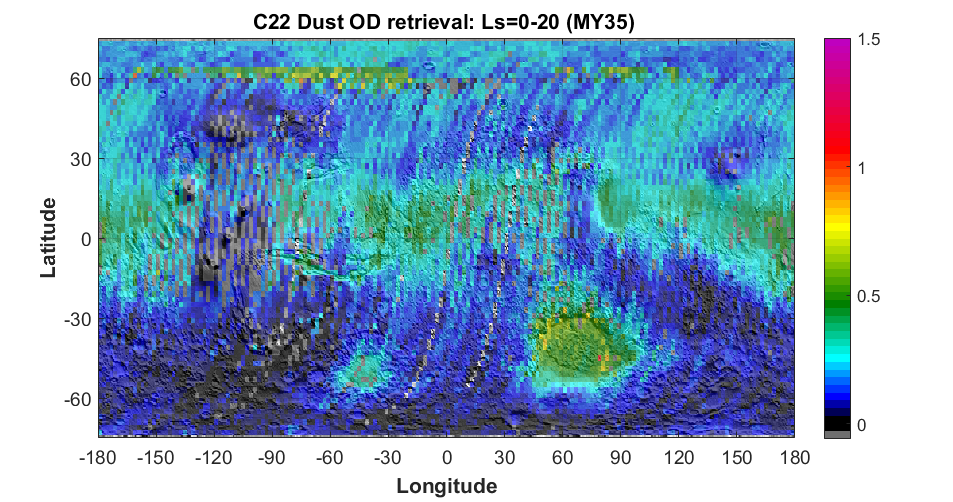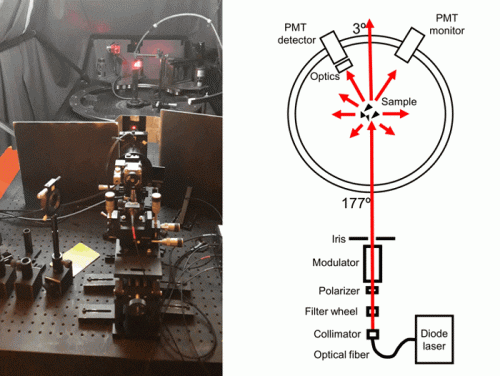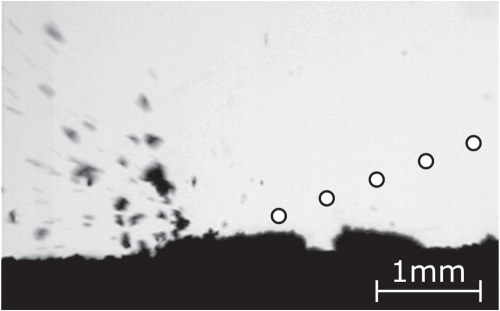The RoadMap project is addressing some of the major challenging questions we have about the role of dust and ice clouds in the atmosphere of Mars.
In the laboratories of our partners in Spain, Germany and Denmark, we use an analogue of Martian sand and dust to learn more about the ways it can be suspended in the atmosphere, and how it scatters and absorbs sunlight. This new knowledge is then applied to our tools for analysing observations from space, and in our global climate model to help interpret the observations.
From the Lab…
Using state-of-the-art facilities, we are measuring the scattering properties of dust to improve knowledge of its optical behaviour in the Martian atmosphere.
The ways that dust is lifted and suspended in the atmosphere are being explored in wind tunnels and experiment chambers leading to new estimates of threshold values for wind speeds to lift dust from the surface. These thresholds can then be tested in numerical models to answer key questions about the global dust cycle on Mars.
… to Models …
Taking the information gained from the lab measurements, we are updating our formulations for the way we treat dust in our Global Climate Model (GCM). Some of the new developments include full microphysical calculations that describe how water ice clouds form on dust nuclei.
We are looking at how new scattering/absorption properties affect the simulated temperatures in the GCM, and are exploring different methods to best represent the way dust is lifted, transported and deposited on the surface.
… to Space
We have developed tools and programs to analyse the composition of the Martian atmosphere from satellite measurements. These programs simulate the path of light in the atmosphere in order to compare with the measurements. Along its path, the light interacts with the molecules and the dust and the ice cloud particles that can absorb or scatter it. The dust-light interaction results obtained in the laboratory, and the GCM results providing the supposed atmospheric conditions are therefore implemented in our analysis programs to improve them.
In RoadMap we mainly use the observations recorded by the NOMAD spectrometers onboard the ExoMars Trace Gas Orbiter mission. For each measurement, we use our analysis programs to deduce the quantities of dust, ice clouds or the different gases. Then, by combining the analysis results of the measurements together, we obtain spatial, seasonal or vertical distributions.

References:
- The RoadMap project website
- Becker, T., Teiser, J., Jardiel, T., Peiteado, M., Muñoz, O., Martikainen, J., Martin, J.C.G., Wurm, G., 2022. Releasing Atmospheric Martian Dust in Sand Grain Impacts. Planet. Sci. J. 3, 195. https://doi.org/10.3847/PSJ/ac8477



